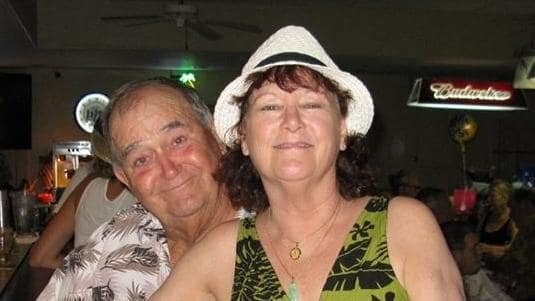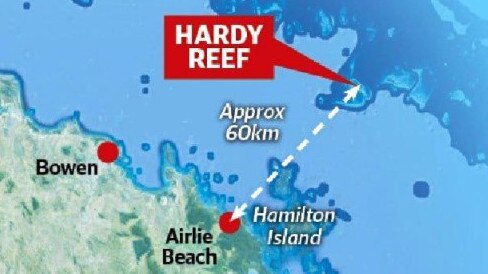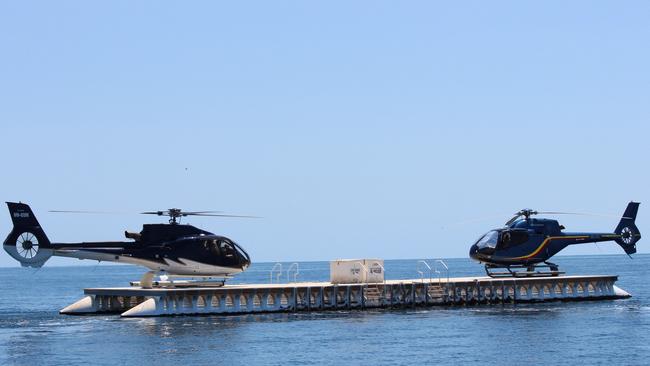Australian Transport and Safety Bureau releases report into Whitsundays helicopter crash
A pilot flying a helicopter that crashed in the Whitsundays – killing two newlyweds – had 11 hours of experience flying the aircraft type, an Australian Transport Safety Bureau has found.
QLD News
Don't miss out on the headlines from QLD News. Followed categories will be added to My News.
A pilot flying a helicopter that crashed in the Whitsundays – killing two newlyweds – had 11 hours of experience flying the aircraft type, an Australian Transport Safety Bureau has found.
Pete and Sue Hensel, from Hawaii, died when the helicopter crashed at Hardy Reef in March 2018.
The pilot and two rear seat passengers, the daughter and partner of Ms Hensel, escaped with minor injuries.

The Hensels were unconscious after the helicopter crashed into water and did not survive.
The ATSB report released on Wednesday said when the pilot approached the pontoon at Hardy Reef, into wind, they slowed to allow birds to disperse.
When the Eurocopter EC120B was rotating left into position, over the pontoon, the pilot noticed the helicopter’s vehicle engine multifunction display and conducted a go-around, a manoeuvre to discontinue the approach. The helicopter climbed to about 40 feet above water.
But during this go-around, there was a “sudden and rapid yaw to the left”, and the pilot was unable to recover the situation, according to the ATSB.
It found that in response to the rapid movement, it is “very likely that the pilot did not immediately apply full and sustained right pedal input”.

The pilot said he heard a thud through the controls and the helicopter immediately turned sharply to the left. The surviving passengers did not hear any noticeable noises or feel anything unusual.
“They did recall that, a short while after the helicopter lifted and had turned to the left, the helicopter suddenly jerked sharply left and then spun rapidly in that direction,” the report said.
The pilot said he attempted to fly out of the turn by increasing airspeed and following the
helicopter’s nose to the left. While the rotation slowed it didn’t stop and the helicopter crashed, rapidly filling with water.
The ATSB also found the safety margin of landing on the pontoon was reduced by the helicopter being close to its maximum weight, the engine output being close to the lowest available limit and the need to use high power to make a slow approach to disperse the birds.

The helicopter, which was never recovered, was run by Whitsunday Air Services and had taken off at Hamilton Island Airport on a charter flight to Hardy Reef.
The report found the pilot had 11 hours experience in the EC120B helicopter and 16.1 hours in a different helicopter type during the period of getting their EC120B experience. In total the pilot had more than 1300 hours of flying experience in helicopters.
ATSB also found passengers were not given enough instructions on how to operate emergency exists.
The report found the operator complied with regulatory requirements for training and experience on new helicopter types, while finding there were limited processes in place to ensure pilots with minimal time and experience on a new helicopter type had the opportunity to gain skills for pontoon landing.
As a result of the tragedy, the helicopter manufacturer has released safety information about unanticipated left yaw in helicopters. The operator implemented new processes for pilots using new helicopter types and for operations at pontoons, including pilots conducting only into-wind operations at pontoons until they obtain 20 hours of flying. It also introduced revised processes for accurate passenger weights and training for pilots in how to avoid birds.


